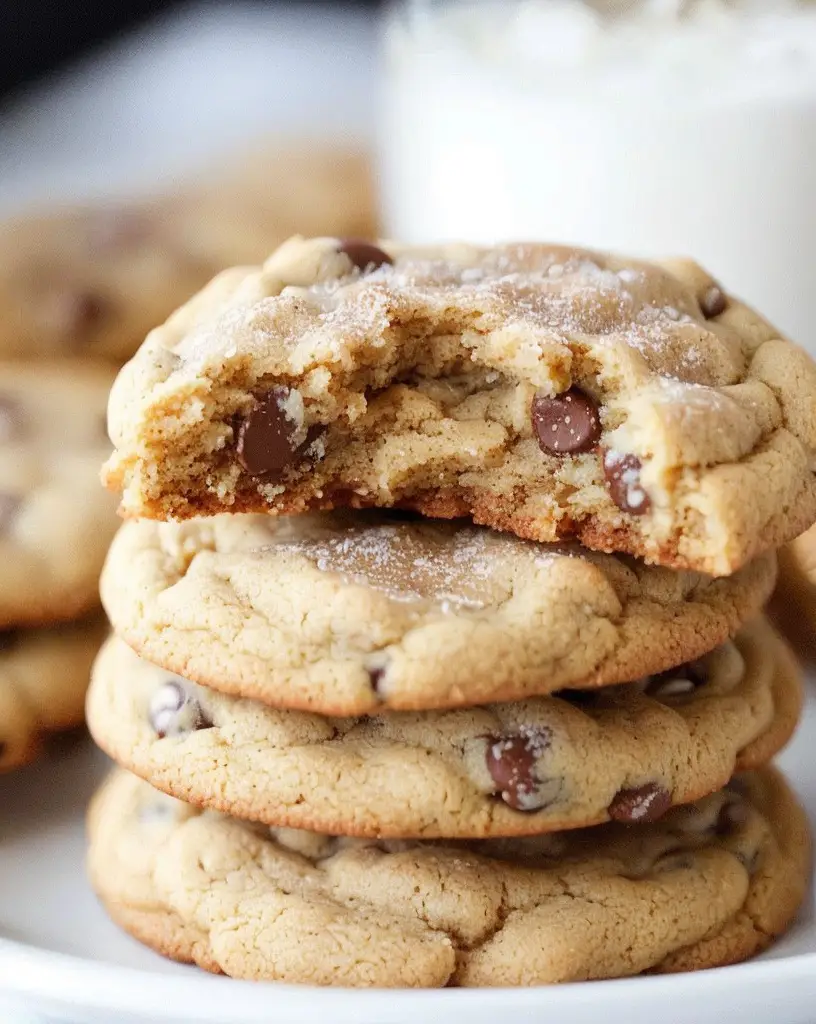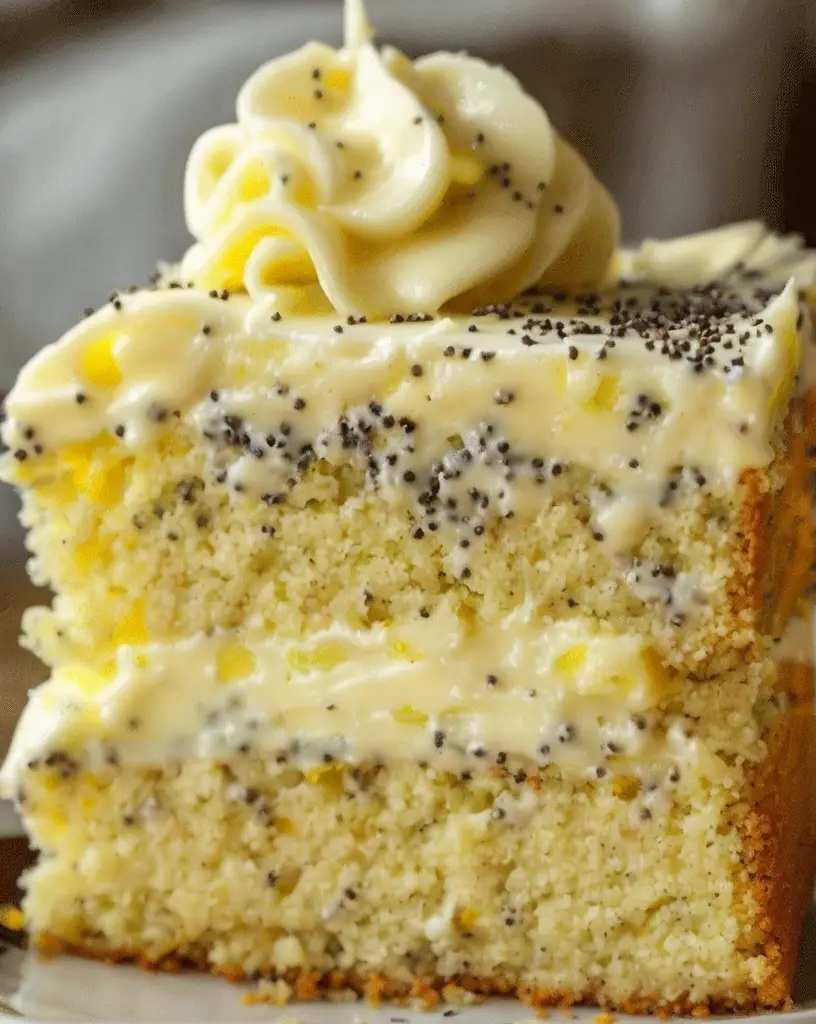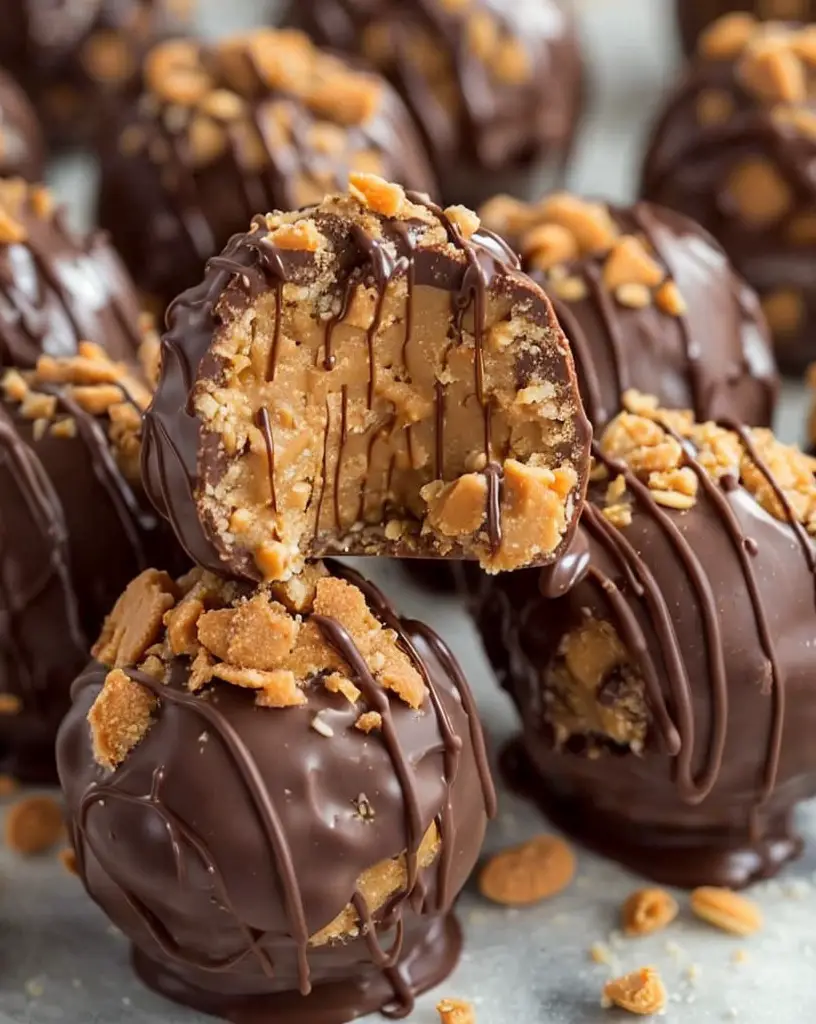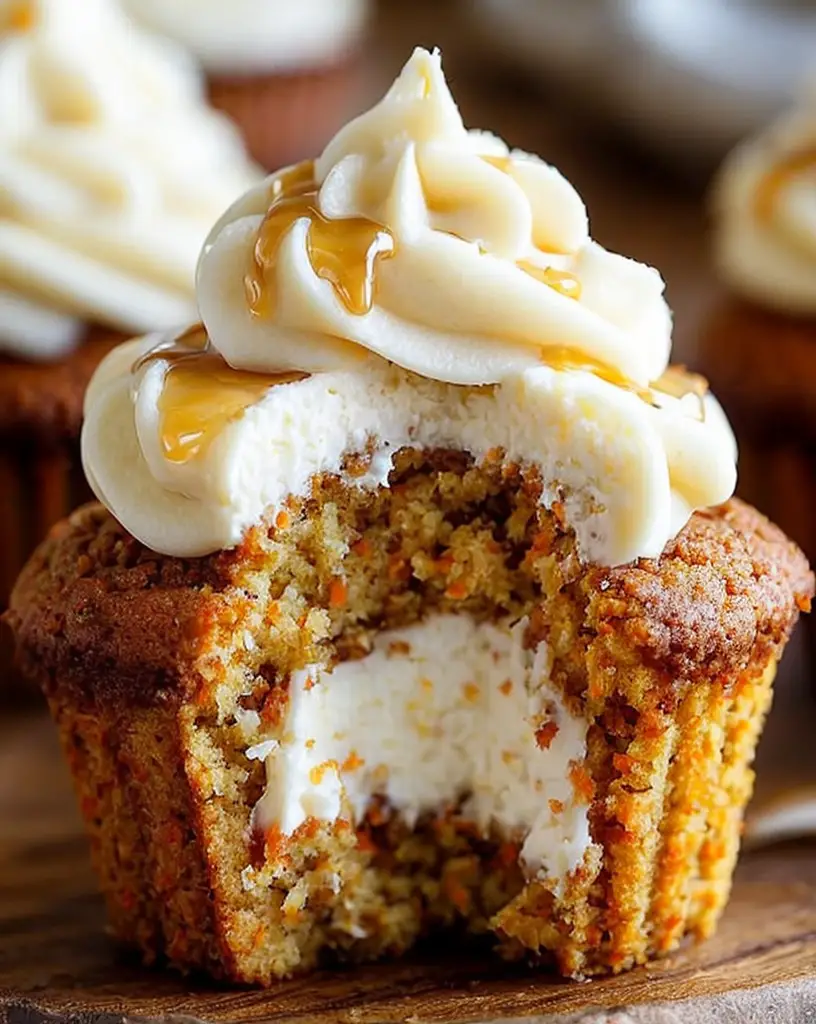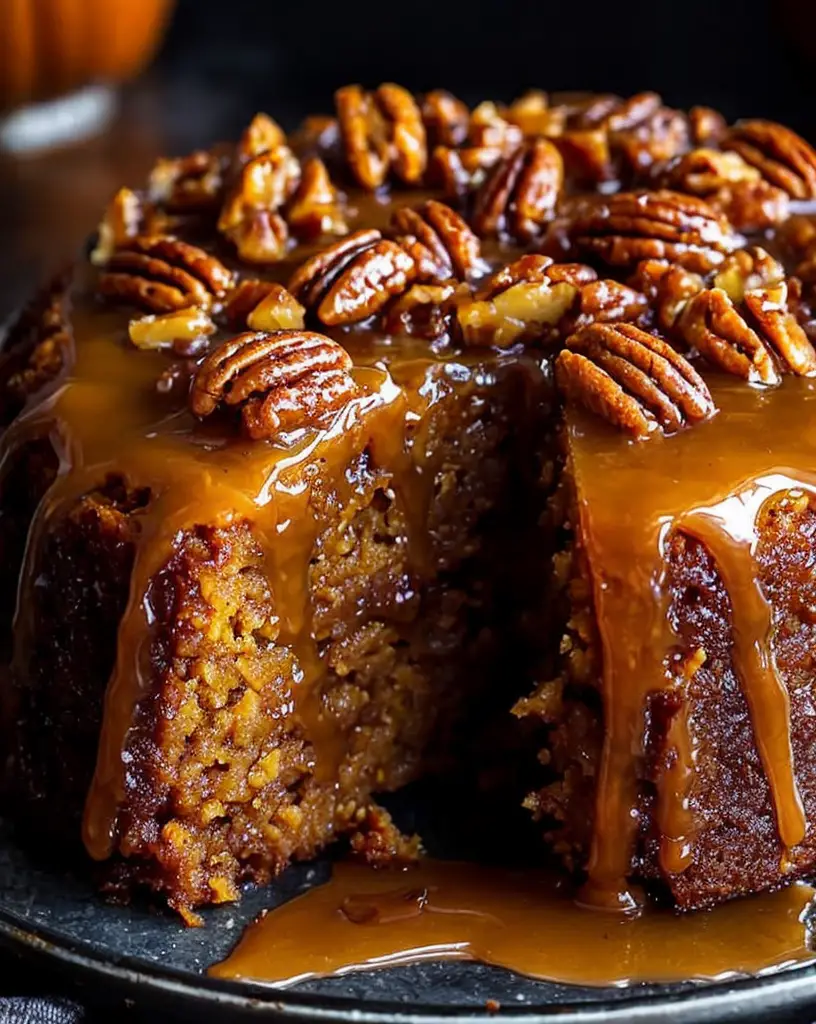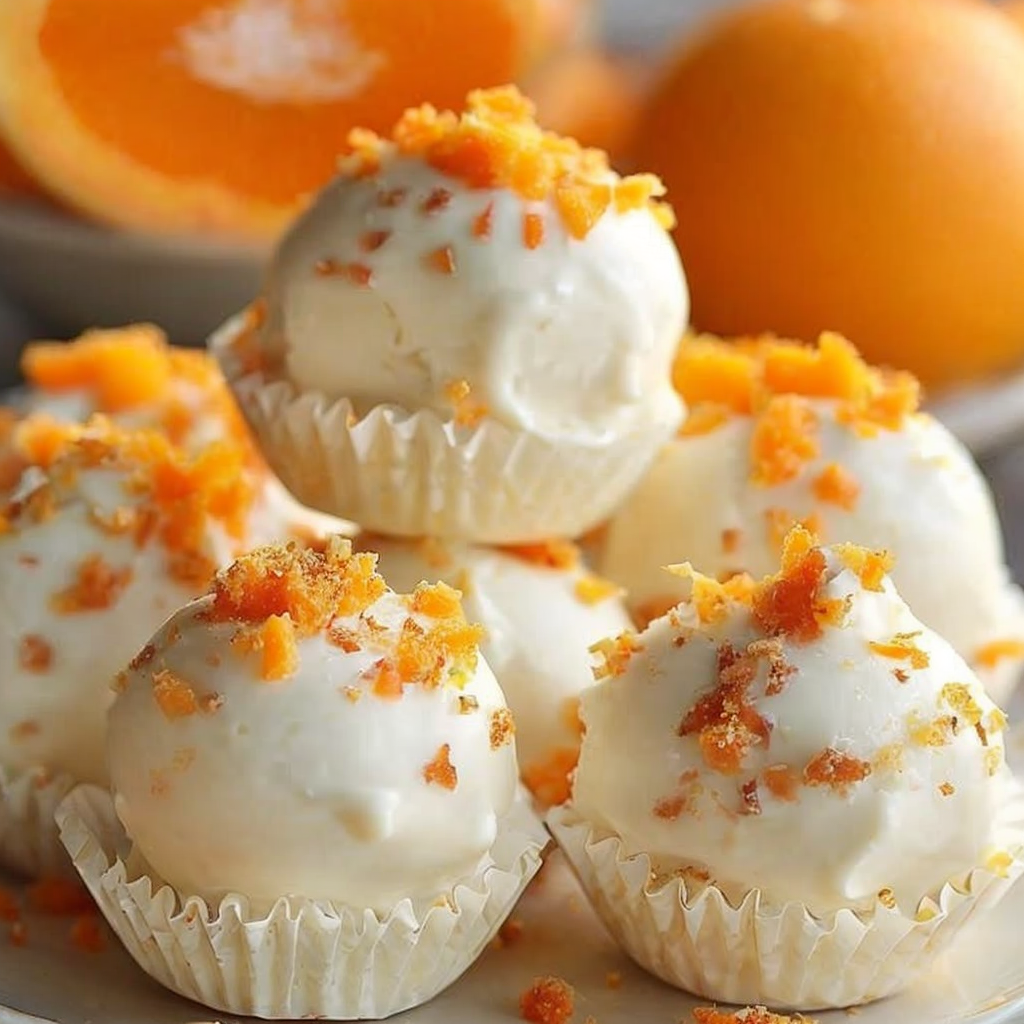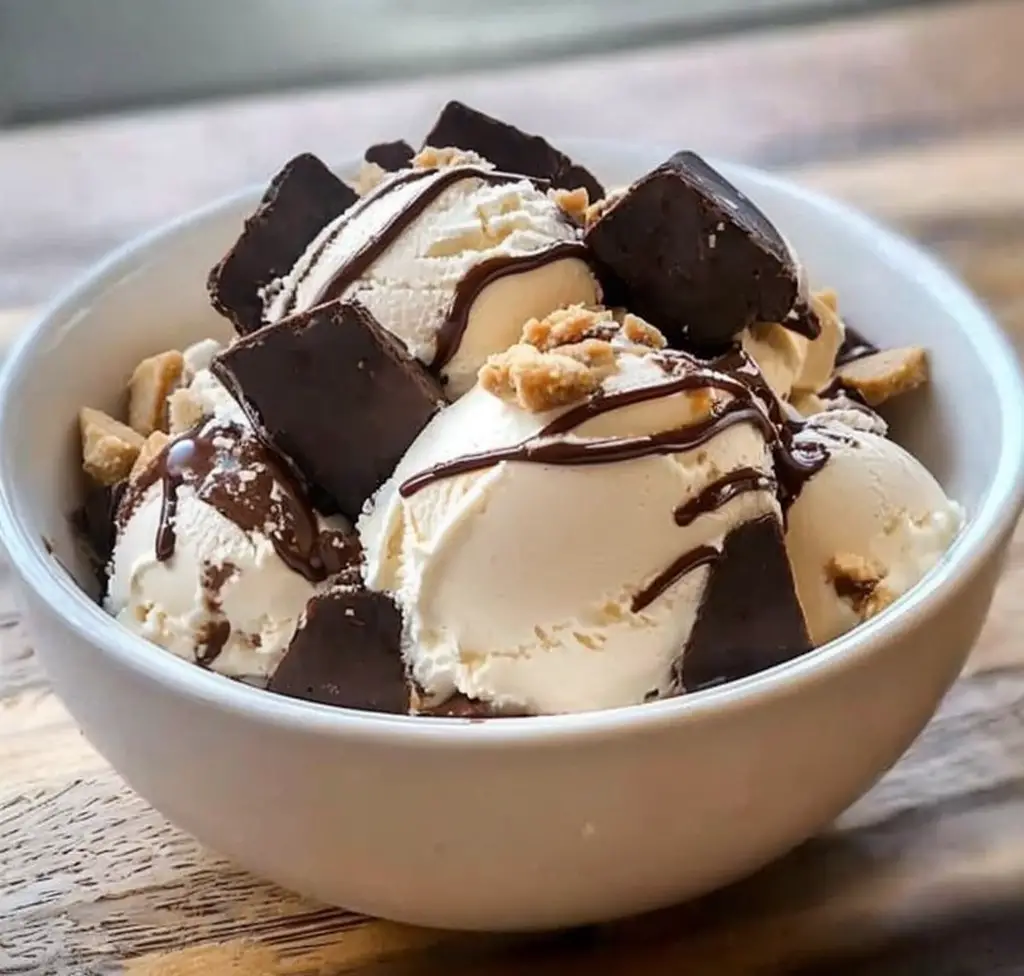Soft and Chewy Cinnamon Chocolate Chip Cookies: A Delightful Treat
Soft and Chewy Cinnamon Chocolate Chip Cookies are the perfect blend of warmth and sweetness, enveloping you in a cocoon of comfort with each bite. The inviting aroma of cinnamon wafting through your kitchen as they bake will have everyone flocking to the oven, eager to enjoy this delightful treat. These cookies boast an irresistible soft and chewy texture, making them the ultimate indulgence for any chocolate lover. Whether enjoyed with a glass of milk or as a standalone snack, they are sure to satisfy your sweet tooth.
In addition to their delightful flavor, these cookies carry a sense of nostalgia and warmth that brings together friends and family. As you gather around the cookie jar, each crunch followed by a delightful chocolate melt creates a perfect moment of joy. The combination of cinnamon and chocolate chips offers a cozy twist on the traditional chocolate chip cookie, elevating your dessert experience and inviting you to indulge in a little slice of happiness.
Quick Recipe Highlights
- Flavor Profile: Rich chocolate combined with the warm and slightly spicy flavor of cinnamon creates a comforting taste sensation.
- Texture: Each cookie delivers a deliciously soft and chewy experience, with a slight crispness at the edges.
- Aroma: The warm scent of cinnamon and melted chocolate fills the air, creating an inviting atmosphere.
- Visual Appeal: Golden brown edges with vibrant chocolate chips make each cookie visually appealing.
- Skill Level Needed: This easy cookie recipe is ideal for bakers of any skill level.
- Special Equipment: A mixing bowl, baking sheet, and an oven are all you need to whip up these cookies.
Recipe Overview
- Difficulty Level: The ease of this recipe makes it accessible for beginner bakers. Even kids can help with mixing and decorating.
- Category: Perfect for desserts or snacks, these cookies are a classic addition to any meal.
- Cuisine: While chocolate chip cookies are a beloved American staple, the addition of cinnamon offers a fun twist that draws inspiration from various desserts.
- Cost: Preparing these cookies is budget-friendly, with common pantry staples making up most of the ingredients.
- Season: Enjoy these cookies any time of the year, but they are especially comforting during the colder months.
- Occasion: These cookies are perfect for birthdays, family gatherings, or simply as a treat to enjoy on a cozy afternoon.
Why You’ll Love This Recipe
With a rich and satisfying taste, the Soft and Chewy Cinnamon Chocolate Chip Cookies are sure to please anyone who tries them. The combination of sweet and warm flavors ensures that every bite is not just a treat but a delightful experience. The chewiness provides a unique texture, making them different from regular cookies, and the few added ingredients elevate the standard cookie to a comforting dessert that’s suitable for any occasion.
The convenience of this recipe makes it a winner in the kitchen. It requires minimal prep time, and you can whip it up in under thirty minutes. Not only are you left with delicious cookies, but you also enjoy the baking experience. The aroma filling your kitchen while these cookies bake is an olfactory delight that brings warmth and joy to every home.
Nutritionally, while cookies are a treat, you can feel good knowing that they include traditional ingredients that are widely used and understood. The inclusion of cinnamon even adds some health benefits, such as antioxidant properties. Sharing these cookies with loved ones can create opportunities for bonding and fun experiences.
There’s something special about enjoying freshly baked cookies with friends or family. These cookies can spark conversations, share laughter, and create memorable moments. Their nostalgic appeal also allows everyone to reminisce about their favorite dessert experiences from childhood, making gatherings more lively.
Cost-effectiveness plays a significant role in the recipe’s appeal. Most ingredients are pantry staples, making it easy to whip them up whenever the craving strikes. It’s a smart choice, especially for families looking to indulge while staying within a budget.
Historical Background and Cultural Significance
The origin of the chocolate chip cookie dates back to the 1930s when Ruth Wakefield introduced them at her Toll House Inn in Massachusetts. This unique recipe quickly gained popularity and became a staple in American dessert culture. The delectable combination of sweet chocolate and soft dough sparked a cookie revolution, influencing countless variations across the globe.
Cinnamon has a long history in cooking, often symbolizing warmth and hospitality. Its integration into the chocolate chip cookie alters the traditional recipe, introducing an aromatic spice that aligns with various cultural celebrations, especially during the fall and winter months. This comfort food has evolved, but its cultural resonance remains strong as families continue to enjoy these delightful treats during festive gatherings.
As time progressed, cookie recipes began to evolve. Today, we see a variety of adaptations that incorporate different flavors and textures. Soft and chewy variations have emerged, often with added ingredients such as nuts, dried fruits, and seasonal spices to create new experiences. Chocolate chip cookies, with their hybrid versions, remain a fixture in both homes and bakeries alike.
Regional variations also play a role in how chocolate chip cookies are perceived and consumed. Certain areas may add distinct touches, such as extra spices or different types of chocolate, enhancing uniqueness and appeal. Regardless of the variation, the comforting elements of these cookies remain a constant presence in many households.
Ingredient Deep Dive
1. All-Purpose Flour
All-purpose flour is a crucial ingredient in most baking recipes, as it provides the structure and base for cookies. Its versatility allows it to be used in various baked goods, making it a staple in many kitchens. Look for unbleached flour to avoid unnecessary chemical processing, which retains more nutrients.
Nutritionally, all-purpose flour is a source of carbohydrates and provides some protein. It’s essential to store flour in a cool, dry place and ensure it’s sealed properly to extend its shelf life. If you need a gluten-free option, almond flour or coconut flour can be suitable substitutes, though adjustments may be necessary in the recipe.
2. Brown Sugar
Brown sugar is essential for achieving that rich flavor and chewy texture in cookies. Its molasses content not only lends sweetness but also depth to the cookies, ensuring they are wonderfully moist. When selecting brown sugar, stick with light or dark depending on your flavor preference; dark brown sugar will yield a richer taste.
Brown sugar also brings nutritional benefits, such as minor amounts of minerals like calcium and potassium. Store it in an airtight container to prevent hardening and keep it fresh. If you don’t have brown sugar on hand, you can mix granulated sugar with molasses to replicate its flavor profile.
Common Mistakes to Avoid
- Overmixing the dough: Overmixing can lead to tough cookies. Mix just until combined for a soft texture.
- Using cold ingredients: Cold butter or eggs can affect the dough’s consistency. Ensure all ingredients are at room temperature for best results.
- Not chilling the dough: Skipping the chill time can cause cookies to spread too much during baking, leading to flat cookies.
- Incorrect oven temperature: An uncalibrated oven can result in burnt edges or undercooked centers. Use an oven thermometer for accurate measurements.
- Using expired ingredients: Expired baking soda or baking powder can impact the cookies’ rise and texture. Check expiration dates regularly.
- Skipping ingredient measuring: Accurate measurements are key in baking, so resist the urge to eyeball ingredients.
- Not rotating the baking sheet: Failing to rotate the sheet halfway through baking can lead to unevenly baked cookies.
- Overbaking: Keep a close eye on baking time; pull the cookies out when they are slightly underbaked for the chewy texture.
Essential Techniques
Baking cookies requires specific techniques to achieve the desired result. **Measuring Ingredients Accurately** is crucial, as incorrect measurements can lead to poor texture and taste. Always use dry measuring cups for flour and sugar, leveling them off for precision. A kitchen scale can also provide accurate measurements in grams, making it easier to ensure consistent results.
**Creaming Butter and Sugar** is a significant step in creating a light and fluffy cookie. When butter and sugar are creamed together, they incorporate air into the dough, leading to a better rise during baking. Aim for a light, pale yellow color, indicating that enough air has been whipped in. Avoid overmixing at this stage to prevent the dough from becoming dense.
Pro Tips for Perfect Soft and Chewy Cinnamon Chocolate Chip Cookies
1. Use room temperature butter: This helps in achieving the best texture. Cold butter won’t incorporate well with sugar.
2. Chill the dough: Letting the dough rest in the fridge for at least 30 minutes helps the flavors meld and prevents excess spreading.
3. Use a cookie scoop: This ensures uniform cookies that bake evenly. A scoop will also help to control portion sizes.
4. Don’t be afraid to experiment: Try adding nuts or different types of chocolate chips for a unique twist on the classic recipe.
5. Bake in batches: If possible, bake one tray at a time for even baking results. The lower the temperature of the oven due to opening, the longer it takes to bake.
6. Consider parchment paper: Using parchment paper makes for easy cleanup and prevents sticking.
7. Adjust baking time based on size: Larger cookies may need a bit more time, so keep an eye on them while they bake.
8. Use a combination of sugars: Mixing granulated and brown sugars will enhance the flavor and texture of your cookies.
Variations and Adaptations
Cookies can be adapted to suit different preferences and dietary needs. For a **regional variation**, consider adding pumpkin pie spice for a fall flavor twist, marrying perfectly with the cinnamon. During the holiday season, incorporating nutmeg or even a hint of ginger can bring seasonal cheer.
**Seasonal adaptations** can also involve using chocolate chips that reflect the season, such as white chocolate, dark chocolate with orange zest in winter, or pastel colors for springtime events. For those with special dietary needs, you can create **gluten-free versions** using almond or oat flour, maintaining the soft and chewy texture everyone loves.
Moreover, if looking to cater to vegan audiences, replacing eggs with a flaxseed meal and non-dairy butter creates an equally delightful treat. For an exciting flavor twist, try **spicy or savory variations** by adding chili flakes or even jalapeños for a unique kick, demonstrating the infinite possibilities with each batch.
Serving and Presentation Guide
Serving your Soft and Chewy Cinnamon Chocolate Chip Cookies can be elevated with a few simple techniques. **Plating techniques** include stacking the cookies in a casual yet appealing manner on a decorative plate or a delightful cookie jar that encourages people to take one. **Garnishing ideas** can include sprinkling a bit of sea salt on top or drizzling with a simple glaze that complements the cookie’s flavors.
Pairing them with traditional accompaniments, like a glass of cold milk or a cup of hot tea, enhances the experience. For a modern touch, consider using colorful parchment paper to wrap individual cookies for gift-giving, adding a personal touch that guests appreciate.
When considering temperature, warm cookies right from the oven create the best experience, but a few minutes on a cooling rack allows for better handling without the risk of breaking. Lastly, understand proper portion control to prevent overwhelming guests, ensuring there are enough cookies for everyone to enjoy.
Wine and Beverage Pairing
Pairing beverages with cookies enhances the tasting experience immensely. A **sweet dessert wine** such as a late harvest Riesling complements the sweet and spicy notes found in the cookies beautifully. If you prefer a **non-alcoholic alternative**, a rich hot chocolate or a spiced apple cider can bring out the flavors of cinnamon and chocolate.
If you’re a coffee lover, **cold brew coffee**, with its smoother profile, pairs wonderfully with the cookies. Both beverages provide refreshing contrasts that balance the sweetness, ensuring a more rounded experience. **Temperature considerations** are essential; serving warm cookies alongside a cold beverage or a hot drink creates a delightful blend of sensations when enjoying your cookies.
Storage and Shelf Life
Storing your Soft and Chewy Cinnamon Chocolate Chip Cookies correctly ensures they remain fresh and delicious. After baking, allow the cookies to cool completely before transferring them into an airtight container. Keep them at room temperature to maintain their soft texture, as refrigeration can cause them to dry out.
**Signs of spoilage** include a hard or stale texture, distinct off-smells, or discoloration. You can also freeze cookies to extend their shelf life; simply wrap them individually in plastic wrap and place them in a freezer-safe bag. This helps them retain moisture, allowing you to enjoy a freshly baked cookie whenever you desire. For reheat, place them in a low oven for a few minutes to revive the soft and chewy texture.
Make Ahead Strategies
Planning ahead when baking cookies can save you time and ensure delightful treats are always on hand. You can **prep the dough in advance**, shaping it into balls and storing them in the freezer. When you’re ready to bake, simply add an extra minute or two to the bake time for chilled dough.
**Quality impact assessment** is imperative; cookies created from fresh dough yield the best results. If you have leftover baked cookies, consider storing them in a decorative jar or container to maintain freshness while adding charm to your kitchen.
For **fresh element additions**, reheating cookies slightly before serving can help regain that freshly baked warmth. Take this approach to serve cookies during gatherings, ensuring everyone enjoys a soft cookie that feels just out of the oven.
Scaling Instructions
If you want to share these delightful cookies with a large crowd, scaling the recipe is simple. **Halving the recipe** is straightforward; just cut each ingredient amount in half while following standard baking practices.
For **doubling or tripling**, make sure you have enough mixing space. A larger bowl is essential to accommodate additional dough while still allowing for proper mixing. Additionally, consider adjusting baking times based on the amount of dough on each tray; more cookies might require a longer baking period.
**Storage considerations** become crucial when scaling; ensure you have enough containers to hold the cookies you plan to make. Smaller batches can lead to fresher cookies, so balance your needs and portion sizes accordingly to avoid waste.
Nutritional Deep Dive
When enjoying Soft and Chewy Cinnamon Chocolate Chip Cookies, understanding their nutritional profile is beneficial. Each cookie contains carbohydrates primarily from sugars and flour, providing quick energy.
In terms of **macro breakdown**, focusing on portioning can help manage calorie intake, especially since cookies are higher in sugar and fat. However, adding whole ingredients like oats or nuts can improve nutritional value, offering fiber and healthy fats.
A **micronutrient analysis** reveals that cookies can contribute small amounts of calcium and iron through the brown sugar and enriched flour. Balancing cookie intake with more nutrient-dense meals ensures a well-rounded diet, making treats a joyful yet mindful experience for every baker.
Dietary Adaptations
For those with dietary restrictions, adaptations of the Soft and Chewy Cinnamon Chocolate Chip Cookies can accommodate various needs. **Gluten-free** variations can be achieved using certified gluten-free flour alternatives, allowing those with celiac disease to indulge.
**Dairy-free** options are easily accessible by using plant-based butter or coconut oil, ensuring that everyone can enjoy these delightful treats. For a **vegan** adaptation, eggs can be substituted with flaxseed meal or applesauce, resulting in equally delicious cookies that everyone can enjoy guilt-free.
Those following a **low-carb** or **keto** diet can experiment by using almond flour and sugar substitutes like erythritol or monk fruit, keeping the cookie’s flavor while lowering carbohydrates significantly. Adapting recipes not only allows for flexibility but fosters creativity and inclusiveness.
Troubleshooting Guide
When baking, it’s essential to address common challenges that may arise. **Texture issues** can often occur; if cookies come out too tough, they may have been overmixed or overbaked. Always check your baking time and ensure you aren’t whisking too vigorously during the mixing process.
For **flavor balance**, if cookies taste bland, consider adding a pinch of salt or extra cinnamon to enhance flavors. **Temperature problems** can pave the way for various challenges; if cookies spread too much, check that your butter isn’t melted.
**Equipment challenges** like inconsistent oven temperatures can lead to uneven baking. Using an oven thermometer can help mitigate this issue for perfect results.
If you’ve made a substitution, be aware that certain adjustments may impact the outcome. Keep a watchful eye during the first batch, giving you insights into necessary timing modifications for future cookies.
Recipe Success Stories
Community feedback reveals that these Soft and Chewy Cinnamon Chocolate Chip Cookies resonate with many. Recipes evolve through reader suggestions offering exciting variations that include incorporating butterscotch chips or a hint of espresso powder for depth.
Many have enjoyed adapting the original recipe for **holiday baking**, resulting in unique sprinkles for festive occasions. Sharing photographs of their baking success highlights the joy and creativity found in cookie-making, motivating others to try their hands at baking.
Adaptation stories tell of experimenting with ingredients, leading to delightful surprises or unexpected failures that transformed into new recipes. The vibrant community of bakers encourages open exchanges of tips and experiences, ensuring that everyone finds success in their endeavors.
Frequently Asked Questions
A: Yes, whole wheat flour can be used, but it may change the cookie’s texture, making them denser. You might also consider using a mix of all-purpose and whole wheat for balance.
Q2: How can I keep my cookies soft after baking?
A: To maintain their softness, ensure they are stored in an airtight container at room temperature, and consider adding a slice of bread to the container to help retain moisture.
Q3: Can I freeze the cookie dough?
A: Absolutely! You can freeze the dough before baking. Just scoop the cookie portions onto a baking sheet, freeze them individually, then store in a freezer bag.
Q4: How long do baked cookies stay fresh?
A: Baked cookies can last for about a week at room temperature when stored properly in an airtight container. Freezing extends their life significantly.
Q5: What’s the best way to reheat cookies?
A: The best method is to microwave them for about 10-15 seconds or bake them briefly at a low temperature (about 300°F) to regain their freshness.
Q6: What can I do if my dough is too sticky?
A: If your dough is too sticky, you can add a little extra flour gradually until it reaches a more manageable consistency. Be careful not to add too much to avoid dry cookies.
Q7: Can I use other types of chocolate?
A: Yes! Feel free to mix in dark chocolate, white chocolate, or even a combination, depending on your preference for a delightful twist.
Q8: How do I know when they are done baking?
A: The cookies are typically done when the edges are set and slightly golden, but the centers may still look a tad underbaked. They will continue to firm up as they cool.
Q9: How can I make these cookies gluten-free?
A: You can substitute all-purpose flour with a gluten-free flour blend. Ensure the blend contains xanthan gum or add it separately for better texture.
Q10: Can these cookies be made with less sugar?
A: You can reduce the sugar slightly, but keep in mind that sugar not only adds sweetness but also affects texture and moisture. A moderate reduction may work fine.
Additional Resources
For those eager to expand their baking repertoire, consider checking out related recipes that incorporate similar flavors or themes. Look for guides on cookie decorating techniques to elevate your presentation, and read up on ingredient information to understand the science behind your favorite treats.
Kitchen tools recommendations, such as quality baking sheets and silicone mats, can also aid you in producing the best results. Seasonal variations can inspire you to create new memories, especially during the holiday season when cookies shine the brightest.
Join the Conversation
Don’t forget to share your baking experiences on social media! Engaging with a vibrant community of food lovers encourages recipe exploration and the sharing of tips and tricks. Delicious photographs of your completed Soft and Chewy Cinnamon Chocolate Chip Cookies can inspire others seeking delightful treats for their gatherings.
Your reviews and suggestions help refine this beloved cookie recipe, ensuring future batches are even better. The community thrives on shared experiences, reminding us that baking is not just about the end product but the joy of creation and connection it brings.
The Recipe
Soft and Chewy Cinnamon Chocolate Chip Cookies
Serves: 24 cookies
Prep Time: 15 mins
Cook Time: 10 mins
Total Time: 25 mins
Kitchen Equipment Needed
- Mixing bowl
- Baking sheets
- Cookie scoop
- Measuring cups and spoons
- Silicone spatula
Ingredients
- 2 ¼ cups all-purpose flour
- 1 tsp baking soda
- 1 tsp cinnamon
- ½ tsp salt
- 1 cup (2 sticks) unsalted butter, room temperature
- ¾ cup granulated sugar
- ¾ cup packed brown sugar
- 2 large eggs
- 1 tsp vanilla extract
- 2 cups semi-sweet chocolate chips
Directions
- Preheat your oven to 350°F (175°C).
- In a bowl, whisk together flour, baking soda, cinnamon, and salt; set aside.
- In a large mixer bowl, beat the butter and sugars together until light and fluffy.
- Add eggs one at a time, mixing well after each addition, then stir in the vanilla.
- Gradually blend dry mixture into wet ingredients until just combined.
- Fold in chocolate chips with a spatula until evenly distributed.
- Drop dough by rounded tablespoon onto ungreased baking sheets.
- Bake for 9-11 minutes or until edges are golden; centers may look soft.
- Remove from oven and cool on baking sheets for 5 minutes before transferring to wire racks.
Recipe Notes
- For chewier cookies, slightly underbake them; they’ll firm up as they cool.
- Add half a cup of chopped nuts for extra crunch.
- Store in an airtight container for up to one week or freeze for longer storage.
